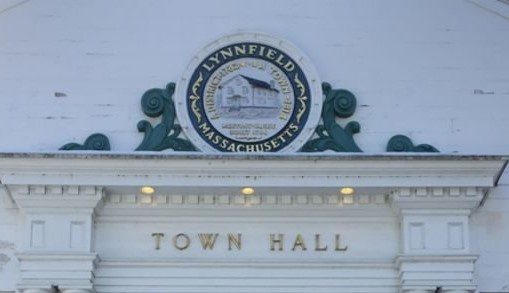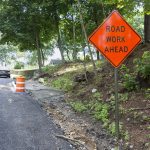LYNNFIELD –– Legislation authorizing the Massachusetts Water Resources Authority (MWRA) to supply water to customers of the Lynnfield Center Water District (LCWD) has been signed into law by Gov. Maura Healey as Chapter 15 of the Acts of 2025.
House Bill 972, which was filed on the Town’s behalf by House Minority Leader Bradley H. Jones, Jr. (R-North Reading) and State Sen. Brendan P. Crighton (D-Lynn), was enacted in the House and Senate on Aug. 4 and signed by Gov. Healey on Aug. 5.
While most legislation takes effect 90 days after being approved by the governor, House Bill 972 took effect immediately upon her signature, thanks to the adoption of an emergency preamble by the House and Senate before the bill’s final enactment.
One more procedural step remains before MWRA water can start flowing to the LCWD, with the MWRA Board of Directors required to cast a vote to formally accept the district into its water supply system. With the board not scheduled to meet again until Sept. 17, Jones and Crighton are asking the MWRA to schedule a special meeting of the board in August to expedite the LCWD’s admission to the MWRA.
The LCWD recently completed the construction of an interconnection pipeline as part of an intermunicipal agreement with the Town of Wakefield to help ensure that its customers have access to a safe and reliable supplemental water source. This interconnection will be used by the MWRA to supply water to the LCWD once its Board of Directors takes a formal vote.
“Lynnfield is now operating under severe level 4 water restrictions that could adversely impact the Town’s fire suppression capabilities,” said Jones. “The current water constraints have raised serious public safety concerns, so there is an added sense of urgency to get this done. It is imperative that the MWRA act quickly so that water can begin to flow to the town through the new interconnection as soon as possible, and we are now one step closer to achieving that goal.”
Crighton added, “Through the swift passage of this legislation, Lynnfield moves one step closer to ensuring that residents have adequate access to clean drinking water and that public safety is not at risk. We now ask that the MWRA move to procedurally accept Lynnfield and close out this agreement.”
LCWD Board of Commissioners Chairman Steven Walsh expressed “sincere gratitude to all involved in this process, especially to our state officials who worked collaboratively at lightning speed; to members of the WRC (Water Resource Commission), DEP (Department of Environmental Protections), MWRA and state environmental agencies for their diligent review and analysis; and to our project team led by engineers from CDM/Smith and our staff that worked consistently to overcome challenges and bring this idea to reality.”
He continued by stating that “several years ago, the LCWD District customers voted to support and finance this path, (and) it’s now coming all together to benefit the sustainability and redundancy of our water system for decades to come.”
Director of LCWD and Lynnfield Director of Public Works John Scenna stated that, while he was personally disappointed the District couldn’t benefit immediately this summer once the project was substantially constructed, he is “thrilled and relieved for the redundancy this additional supply source will provide the District, especially in periods of high demand for years to come.”
The LCWD currently draws its water supply from four groundwater sources located in the Ipswich River and North Coastal Basins. The existing system poses multiple challenges, as several of these water sources are contaminated with PFAS (polyfluoroalkyl substances), iron, manganese and nitrate, which the LCWD has been working aggressively to address while also dealing with low water flow conditions within the Ipswich River basin.
Approximately 70% of the Town of Lynnfield’s residents currently receive their drinking water through the LCWD. The District has approximately 2,692 residential service connections serving 8,403 residents, but it also provides water for 18 commercial and business accounts as well as four local schools and all of Lynnfield’s municipal facilities.
Being able to tap into the MWRA’s resources will allow the LCWD to alleviate the stress placed on its existing water sources, improve the system’s resilience and help to ensure that its fire suppression capabilities are not compromised.




